You can also listen to this article in the voice of own Plastic Artist Rosângela Vig:
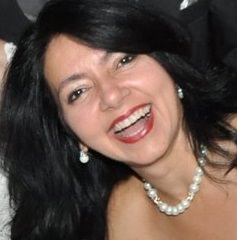
For the perfect flâneur, the passionate observer, it is an immense joy to establish residence in the numerous, in the undulating, in the movement, in the ephemeral, and in the infinite. Being outside home and, yet feeling at home wherever you find yourself in the world, being in the center of the world and remaining hidden from the world, are some of the small pleasures of these independent, passionate, impartial, spirits that language cannot set otherwise than crudely. The observer is a prince who is fond of the fact that he is unrecognizable. (BAUDELAIRE, 2007, p.21)
Charles Baudelaire (1821-1867) was critical of the french Art of the nineteenth century, a forerunner of the Symbolism and founder of the Modern Poetry tradition. The writer was a bohemian poet and his poetry was the result of a sensitive spirit about the metropolis. His poetry is replete with elements of daily life without the exaggerated subjectivity, for which the he had aversion. For him, the artist is like a flâneur, an observer of the world. It is he who walks in the crowd, watching the rustling of the streets and the dragging of the steps. His keen awareness, makes him feel life pulsating in its frenzy. Among the mob, the artist is only a lonely stranger, but his gaze is intense, bewitched. He is an unknown walker, with the energy of a dazzled child, he tastes the images, and enjoys the moments in the cluster.
And nothing could have been more attractive to this explorer than the elegant setting of the French capital, between the late 19th and the early 20th Century. This context, was part of the Universal Exhibition 1889, in Paris, a tribute to the centenary of the French Revolution. The event included the inauguration of the Eiffel Tower, to 31 March of the same year. Also part of the exhibition shows of Far East, Middle East, North Africa, Central Africa and Polynesia. There were temples, mosques, Chinese houses and Javanese dances. Designed by Gustave Eiffel (1832-1923), the Eiffel Tower, at the heart of the event, was on the sector dedicated to Paris.
The period of the Universal Exhibition, between 6 May to 31 October, were present around 50 million visitors, such as, several celebrities of the time as writers; the inventors Nikola Tesla (1856-1943) and Thomas Edison (1847-1931); the Prince of Wales with his wife; and artists such as Edvard Munch (1863-1944), Paul Gauguin (1848-1903), Vincent Van Gogh (1853-1890), Rosa Bonheur (1822-1899) and James McNeill Whistler (1834-1903).
The final years of the 19th Century were marked by a cosmopolitan Culture. The Belle Époque, as the period was called, characterized by the flourishing Beauty of Art, Music and Theater. In the French capital, the rich enjoyed cultural life, restaurants, travel and fashion, although these pleasures were not accessible to everyone and luxury, and often, seen as decadent.
The bustling capital of France from the late 19th century opened the famous cabaret Moulin Rouge in 1889, year that was also released the magazine La Revue Blanche, about Art, Literature and politics, that stimulated avant-garde Art. And France also became a pioneer in automobile production, manufacturing 30 thousand cars, more than half of world production, in 1903.
In its effervescence, Paris was pure inspiration for the lonely and passionate explorer who Baudelaire talks about. To talent would not be difficult to turn into art, so many images of life on the boil. But unlike other periods, the artists of Post Impressionism did not follow a single aesthetic model. The legacy of the Impressionists was as a starting point, to Art now would branch out. Scenes from everyday life were explored; new techniques have been investigated; the color came to be used with more emphasis; there was an emancipation of form; but artists explored, especially, freedom. The result was an avant-garde movement that began in 1885 and remained until 1907, with the emergence of Cubism.
Architecture
The more Art is abstract and ideal, the better it reveals the character of its time. If we want to understand a nation by its Art, let us study its Architecture and its Music. (WILDE, 1994, p.55)
The last decades of the 19th Century left behind the revivalism and eclecticism, the great marks of Romantic aesthetics, in Architecture. Although Post Impressionism was not evidenced as an architectural style, a rescue was perceived on practicality, functionality and simplicity.
The use of iron in the structures of the buildings was a peculiarity of the time, due to the industrialization that occurred in Europe. Many families migrated to large industrial centers, looking for jobs, leading to high growth of these places. As there was a need to shelter these people, the quick solution would be big constructions. With this, lands began to have a high value, which in a way, ended up encouraging the verticalization of the dwelling. The use of iron in the structure allowed the construction of larger, more robust and daring buildings, with more spacious spans of faster execution. Added to this is the fact that iron is more resistant to fire. The material was still used in the construction of bridges, railways, industries and stations. But the iron could also be shaped, and this material could also be used as a decorative element, in Architecture, giving rise to Art Nouveau, that deserves a separate chapter.
Built between 1838 and 1850, in Paris, the Library Sainte Geneviéve, by French architect and engineer Henri Labrouste (1801-1875), was the first building to use iron in the structure and as a decorative element. In London, the Crystal Palace, of Joseph Paxton (1803-1865), was built between 1850 and 1851, received cast iron and glass in it structure.
The Eiffel Tower (Figures 1, 2 and 3), the tallest building in the French city, was erected between 1887 and 1889, in style Nouveau and became not only the symbol of France, but also an icon of modern Architecture, with its structure in truss, ornamented with apparent iron. For many years it was considered the tallest building in the world. Inside there are restaurants, shops, cinema and it is still possible for the visitor, to enjoy the panoramic views of Paris, or even to know the private apartment of Gustave Eiffel, located at the top of the building.
Sculpture
No great artist sees things as they really are. And if that happened to him, he would not be an artist any more. (WILDE, 1994, p.55)
For Oscar Wilde (1854-1900), Irish writer and poet , Art is an interpretation of life, not life itself; is the fruit of the artist's accurate eyes and impressions. Perhaps this is the greatest attribute of the Beauty of every age. And the great aesthetic tendency of this period is the artificer’s reading, of life in frenzy. Aesthetic freedom broadened that gaze and allowed the Sculpture to to be a tuned balance with the environment, the great trend of the period.
Aristide Maillol1 (1861-1944) was one of the greatest in this field. His preoccupation with form was the fruit of admiration for Greek Sculpture. Influenced at first, by Impressionist Rodin (1840-1917), the artist later, followed his own course. It is clear the inspiration of the sculptor, in his contemporaries Paul Gauguin (1848-1903) and Maurice Denis (1870-1943). Maillol went through painting, passed through tapestry and wood engraving, but at 40 years devoted himself entirely to Sculpture. Ambroise Vollard (1866-1939), a known marchand of the time, was responsible for the first exhibition of the sculptor, in 1902.
Without the emotional charge of Impressionism, the naked female figures of Maillol are rounded, stable, based on living models; they are lonely, sometimes in groups, interacting, in natural form. The sculptor's preoccupation with form and symmetry becomes clear in Night, exhibited at the Metropolitan Museum, in New York. In the image, made in bronze, there is an accentuated search for the figurative, remnant of classical antiquity. The sculpture may recall one of Gauguin's feminine paintings, due to the spontaneity of his position. Sitting, with her face hidden between her arms, her legs bent, the woman appears naturally, unpretentious. There is balance in her emotions, since the sculptor made a point of a distancing from the psychological. Maillol's wife was the model for this and for many of his works.
Painting
All artistic creation is absolutely subjective. (…) I really believe that, the more a creation seems objective to us, the more it is actually, subjective. (WILDE, 1994, p.147)
This subjectivity Wilde speaks, is related to the way the artist sees the things that surround him, his enthusiasm and his emotions. His particular interpretation of the world and his enchantment by nature flow through the work. For Wilde, since Art is subjective, Art is uncommitted from the truth, it distances itself, because of it, since the artist assimilates things and attributes to them his values and impressions.
Such argument has a connection with the thought of Plato’s2, about the world of ideas. For the philosopher of the lassic Antiquity, there is a permanent reality, for each person; there is a different way of understanding things, for each one. In the field of Art, even if a work is related to the codes of reality, it will be a mere imitation of the original idea of the artist or reality itself. The understanding and language of the one who created are printed on it.
Such considerations well reflect the spirit of the Painting of the period. The rejection of the figurative, inaugurated with Impressionism, extended and was enlarged to forms that were beginning to distance themselves from reality. The painter's job would be to interpret the world, let his emotions flow freely and uncompromisingly. And the creative genius had a vast field of stimuli, brought by the Parisian effervescence and the diversity of Cultures of the Universal Exhibition. Impressionistic traits became wider, expanded in form, at color and in light. The Art underwent a great transformation, which culminated in the aesthetics conducted throughout the 20th Century.
The period showed a heterogeneous group, of diverse styles. At the age of artists, it was common the relevance of the emotional side; the unconcern with form; the application of light to everyday scenes; the use of the technique of Fauvism, that is, the intensification of color.
And the color was an important question for Paul Gauguin (1848-1903). The artist was born in France, but spent his childhood in Peru, his mother's home country. He lived in Denmark, but returned to France, where he met the impressionist Camille Pissarro, who greatly influenced his Art. He began to participate in exhibitions in 1876, but only in 1885, he began to devote himself totally to painting. From 1891, until his death, Gauguin lived in French Polynesia (Tahiti and Marquesas Islands).
His work show a mix of exoticism, poetry and colors, originated from the daily life of the places where he spent the last years of his life. This taste for unusual is clear in figure 4. In the image, two Tahitian women are backwards, jumping into the sea. At the bottom of the image is the clothing of one of them; the other is pulling out her pareo. With slow, sensual gestures, they seem not to care about the fisherman ahead. Of the particularities of the style of the artist is the simplification of the form and the use of flat surfaces of colors, with lines delimited in black, characteristic of the Japanese engravings. The use of intense colors accentuates the light and tropical exuberance of the place where Gauguin passed. His work leaves a clear break with the realistic style and turns to his imagination and emotion.
The use of pure colors was also a trend in the work of Paul Cézanne (1839-1906). The artist had contact with the Impressionists, with whom he exposed, but He was discontent with his own style and understood that he should interpret what he saw and not merely record scenes. From 1880, Cézanne began to paint landscapes on the Provencal mountain of Sainte-Victoire. In figure 8, it is possible to see that Cézanne maintained the effects of the natural light, already used by the impressionists and the use of the pure colors. As for form, the natural elements of the scene, the house, the stones and the vegetation are represented in the form of cones and cylinders, the main aspect of his painting, a characteristic that made him the forerunner of Modern Art and a bridge to Cubism.
Georges-Pierre Seurat (1859-1891) preferred to paint the suburbs of Paris. His personality was a counterpoint between extreme sensitivity and mathematical precision. From his studies on color theory and optics, in 1880, he began to make scientific use of color, thus creating the Divisionism or Pontillism. Seurat even attended the last exhibition of the Impressionists in 1886 and caused uproar with his work Sunday Afternoon on the Island of the Great Jatte. His technique was followed by Paul Signac (1863-1935) and Theo van Rysselberghe (1862-1926). In the Lighthouse at Honfleur (Fig. 9), it is the natural light that illuminates the houses, the boat and the lighthouse. The colors do not mix; they are small dots of different shades that overlap, causing an optical effect of color blending, in the end.
Henri de Toulouse-Lautrec (1864-1901) 3 lived in Paris, frequented the brothels, the cafes, the cabarets, such as, the Moulin Rouge. His strange appearance, due to his very short legs and short stature, made his soul sensitive and perhaps, for this reason, he had managed to capture the fragility of artists and prostitutes like no other painter. His works were a portrait of Bohemian life, and the artist even made posters for the cabarets and dance halls he frequented. The Quadrille in the Moulin Rouge (Fig. 11) is replete with elements with which Lautrec lived. There are people dancing and having fun in a large lighted hall. The strong colors accentuate the dynamics and effervescence of the moment. The simplified contours and the lack of shadow made clear the artist's intention to emphasize the expressiveness of the characters, his unconcern with anatomy and reality.
Vincent van Gogh (1853-1890) is among the most notable artists of the period and of recent times. He was born in the Netherlands, and moved to Paris, where his brother Theo was a marchand. There he was introduced to Paul Signac, Èmile Bernard, Paul Gauguin and Lautrec, as well as the leading Impressionist artists. Like many of his time, he was passionate about Japanese prints. He was basically self-taught and began to paint in pontillist style, but modified its trait, over time. His recognition came only after his death. In life, he had only one painting sold. His life was very well documented in the letters he exchanged with his brother Theo, from whom he received much help. The painter suffered from attacks of madness and depression and, after a disagreement with Gauguin, even cut his own ear. He resumed painting after hospitalization and controlling depression. His trace then evolved and the short brushstrokes became long and sinuous. In 27 th July 1890, plagued by yet another depression crisis, Van Gogh shot against his own chest. He died the next day, at the age of 37 years, in the arms of his brother.
His style is unmistakable, with strong colors, sinuous and expressive lines which, many, classify the artist as pre-expressionist or expressionist. This is the most striking feature of one of his 40 Self-portraits (Fig. 15). The brush strokes around the artist's figure, in his hair and in his clothes suggest the impression of movement and intensity. The blue of the clothing and the background of the scene contrasts with the very light color of the artist's face. The pallor and the saddened face are perceptible due to his emotional problems. For the artist,
It is possible that there is a great fire in our soul, although no one can warm up it with and passers-by see only a little smoke o it. (Vincent Van Gogh in WATTS, 2002, p.41)
The unconcern with the form, with perspective and the use of strong colors are characteristic also present in the work of Henri Rousseau (1844-1910). His style charmed many artists of the time, including Pablo Picasso and turned Rousseau into one of the greatest representatives of Naive Art 4. The Rousseau Rainforest (Fig. 17) has white and black contours; the various shades of green are strong and they do not mix. The simplicity of form reflects the idea of innocence and joy. Rousseau has probably never left France, but many of his paintings are from forests.
The diversity of the time, still adds names of Bertrand-Jean Redon, known like Odilon Redon (1840-1916); Henri-Edmond Cross (1856-1910); and Theo van Rysselberghe (1862-1926). Many artists, represented by good dealers marchands, were able to enrich themselves with Art. Others who advanced much in their style, had no representatives and ended up belonging to a poorer class that strived for asserting.
To Baudelaire’s explorer of the masses, nothing could be more charming than the images of a city in frenzy. The Paris of the late 19th century would have enough elements for the artist, charmed, imagine the Art, according to his fruitful spirit. For Oscar Wilde (1994, p.54),
Art develops purely on its own lines, it does not symbolize any epoch, but, on the contrary, it has its symbols in its epochs.
Art then went through new paths, took its own course, detached from the rigor of the form and became even more charming and diverse.
Final Considerations
Art begins with the abstract decoration, with a purely imaginative and pleasant work, applying itself only to the unreal, to the non-existent. (WILDE, 1994, p.39)
The desire to break free from the academicism initiated by the Impressionists seems to have produced good results. The artists began to investigate new means of expression, explored creativity and forever changed the panel of Art. Post-Impressionism continued until the first decades of the 20th Century, when the vanguards took over the scene.
Of fundamental importance for this condition was the contact with the exoticism of the distant regions, during the six months of the Universal Exhibition that inspired artists to develop their style such as Gauguin, charmed by Oriental Art. The Gustave Eiffel Tower and the Parisian excitement were the inspiration for many painters of the time. Many artists ended up looking for places farther from France to live, such as Provence, Brittany and Languedoc; or, as was the case of Gauguin, who moved to French Polynesia.
Emotion prevailed over form, became sovereign and, without embarrassment settled down, taking fresh air to Aesthetics. To the enthusiastic observer, the flâneur, at the beginning of this text, were enough to a pulsating heart, enraptured by the images that were offered sexy. And Art can even be an insane and delirious way of seeing things. For the Irish writer, Wilde, Art charms by itself, is pleasant to look at and it also allows us to learn to contemplate the Beauty of Nature.
“Art is said to make us love nature even more, it reveals its secrets (…)” (WILDE, 1994, p.25)
Along the suburbs where, through the attics,
Shutters veil bastard lusts,
When the sun casts, imposing, his daggers
On the city and the field, the ceilings and the wheat fields,
I start training in my strange fencing,
Sniffing through all the rhymes,
In a phrase to topple, as on the sidewalks,
Or clinging to the images long dreamed of.
(BAUDELAIRE, 2006, p.96)
Notes:
1 Videos about the work of the sculptor Aristide Maillol:
- www.youtube.com/watch?v=LxR0j4b1TNE
- www.youtube.com/watch?v=WZ-8GAqpsTY
- www.youtube.com/watch?v=SHt17_Gyqeg
2 A little more about the theory of Plato's world of ideas can be seen in the article of the Misunderstood Art at link:
www.obrasdarte.com/a-arte-incompreendida-por-rosangela-vig
Sign up to receive Event News
and the Universe of Arts first!
3 Henri de Toulouse-Lautrec:
www.obrasdarte.com/exposicao-toulouse-lautrec-em-vermelho-por-rosangela-vig
4 Naive Art:
www.obrasdarte.com/a-arte-naif-arte-ingenua-por-rosangela-vig
References:
- BROOME, Peter; CHESTERS, Graham. An Antology of Modern French Poetry. New York: Cambridge University Press, 2003.
- BAUDELAIRE, Charles. Sobre a Modernidade. São Paulo: Editora Paz e Terra, 2007.
- BAUDELAIRE, Charles. As Flores do Mal. São Paulo: Martin Claret, 2006.
- BAYER, Raymond.História da Estética. Lisboa: Editorial Estampa, 1993. Tradução de José Saramago.
- CHILVERS, Ian; ZACZEK, Iain; WELTON, Jude; BUGLER, Caroline; MACK, Lorrie. História Ilustrada da Arte. São Paulo: Publifolha, 2014.
- FARTHING, Stephen.Tudo Sobre a Arte. Rio de Janeiro: Sextante, 2011.
- GOMBRICH, E.H.A História da Arte. Rio de Janeiro: Editora Guanabara, 1988.
- HAUSER, Arnold.História Social da Arte e da Literatura. São Paulo: Martins Fontes, 2003.
- PLATO. Crátilo. 2st. Edition. Lisboa: Livraria Sá Costa, 1994, Translate Pe. Dias Palmeira.
- POE, Edgar Allan. A Filosofia da Composição. Rio de Janeiro: 7 Letters, 2008. Tradução: Léa Viveiros de Castro.
- PROENÇA, Graça. Descobrindo a História da Arte. São Paulo: Editora Ática, 2005.
- VANNUCCHI, Juliana. The Relevance of the Lie as Artistic Component in Oscar Wilde. Sorocaba: Acervo Filosófico, 2016. Available in: www.acervofilosofico.com/a-relevancia-da-mentira-como-componente-artistico-no-pensamento-de-oscar-wildelast accessed on November, 2017.
- VERLAINE, Paul. One Hundred and One Poems by Paul Verlaine. Chicago: The University of Chicago Press, 1999. Translated by Norman R.Shapiro.
- VIG, Rosângela Araújo Pires. DA ARTE COMO COMUNICAÇÃO À COMUNICAÇÃO COMO ARTE. Comunicação, Cultura e Mídia, Uniso, Sorocaba: 2010. Available in: comunicacaoecultura.uniso.br/prod_discente/2010/pdf/Rosangela_Vig.pdf last accessed on November, 2017.
- WATTS, Franklin. Vincent van Gogh. São Paulo: Editora Ática, 2002.
- WILDE, Oscar. A Decadência da Mentira e outros ensaios. Rio de Janeiro Imago Editora Ltda., 1994.
The figures:
Fig. 1 –Eiffel Tower, Francis Benavides, 2016.
Fig. 2 –Eiffel Tower, Francis Benavides, 2016.
Fig. 3 –Eiffel Tower, Conceição Matos, oil on canvas, 50 x 40 cm, 2011.
Fig. 4 –Fatata te Miti (Near the sea), Paul Gauguin, 1892. National Gallery of Art, Washington. Chester Dale Collection.
Fig. 5 –Te Pape Nave Nave (Delectable Waters), Paul Gauguin, 1898. National Gallery of Art, Washington. Collection of Mr. and Mrs. Paul Mellon.
Fig. 6 –The Meadow, Alfred Sisley, 1875. National Gallery of Art, Washington. Ailsa Mellon Bruce Collection.
Fig. 7 –The Battle of Love, Paul Cézanne, 1880. National Gallery of Art, Washington. Presented by W. Averell Harriman Foundation in memory of Marie N. Harriman.
Fig. 8 –Houses in Provence, The Riaux Valley near L'Estaque, Paul Cézanne, 1880. National Gallery of Art, Washington. Mr collection. and Mrs. Paul Mellon.
Fig. 9 –The Lighthouse at Honfleur, Georges Seurat, 1886. National Gallery of Art, Washington. Mr collection. and Mrs. Paul Mellon.
Fig. 10 –A Corner of the Moulin de La Galette, Henri de Toulouse-Lautrec, 1892. National Gallery of Art, Washington. Chester Dale Collection.
Fig. 11 –Quadrille at the Moulin Rouge, Henri de Toulouse-Lautrec, 1892. National Gallery of Art, Washington. Chester Dale Collection.
Fig. 12 –The Potato Eaters, Vincent Van Gogh, 1885. National Gallery of Art, Washington. Rosenwald Collection.
Fig. 13 –Farmhouse in Provence, Vincent Van Gogh, 1888. National Gallery of Art, Washington. Ailsa Mellon Bruce Collection.
Fig. 14 –Still life of Oranges and lemons with Blue Gloves, Vincent Van Gogh, 1889. National Gallery of Art, Washington. Mr collection. and Mrs. Paul Mellon.
Fig. 15 –Autoportrait, Vincent Van Gogh, 1889. National Gallery of Art, Washington. Mr collection. and Mrs. John Hay Whitney.
Fig. 16 –Green Whear Fields, Vincent Van Gogh, 1890. National Gallery of Art, Washington. Mr collection. and Mrs. Paul Mellon.
Fig. 17 –The Equatorial Jungle, Henri Rousseau, 1909. National Gallery of Art, Washington. Chester Dale Collection.
You might also like:
- First Traces of Modern Art – Abstract Expressionism in Brazil by Rosângela Vig
- First Traces of Modern Art – Expressionism in Brazil by Rosângela Vig
- Modern Art – Abstract Expressionism by Rosângela Vig
- First Traces of Modern Art – Impressionism in Brazil by Rosângela Vig
- Modern Art – Surrealism by Rosângela Vig
- Modern Art – Abstractionism by Rosângela Vig
- Modern Art – Cubism by Rosângela Vig
- Modern Art – Expressionism by Rosângela Vig
- First Traces of Modern Art – Symbolism by Rosângela Vig
- First Traces of Modern Art – Impressionism by Rosângela Vig
- Romanticism in Brazil by Rosângela Vig
- Romanticism by Rosângela Vig
- The Neoclassical Art in Brazil by Rosângela Vig
- The Rococo in Brazil by Rosângela Vig
- The Neoclassical Art by Rosângela Vig
- Rococo by Rosângela Vig
- How appears the Surreal Work by Rosângela Vig
- The Baroque in Brazil by Rosângela Vig
- Baroque by Rosângela Vig
- Mannerism by Rosângela Vig
- Flemish Art – Renaissance in Northern Europe by Rosângela Vig
- Renaissance by Rosângela Vig
- The Contemporary, A little about the Urban Art by Rosângela Vig
- The Naive Art – Ingénue Art by Rosângela Vig
- Middle Ages, Byzantine Art by Rosângela Vig
- Middle Ages, Romanesque Art and Gothic Art by Rosângela Vig
- The Roman Art by Rosângela Vig
- Greek Art, Art History in Ancient Greece by Rosângela Vig
- The Egyptian Art by Rosângela Vig
- The Prehistoric Art by Rosângela Vig
- The beauty Art and the sublime Art by Rosângela Vig
- The Game of Art by Rosângela Vig
- The Misunderstood Art by Rosângela Vig
ROSÂNGELA VIG
Sorocaba – São Paulo
Facebook Profile | Facebook Fan Page | Website
Columnist at Website Obras de Arte
E-mail: rosangelavig@hotmail.com

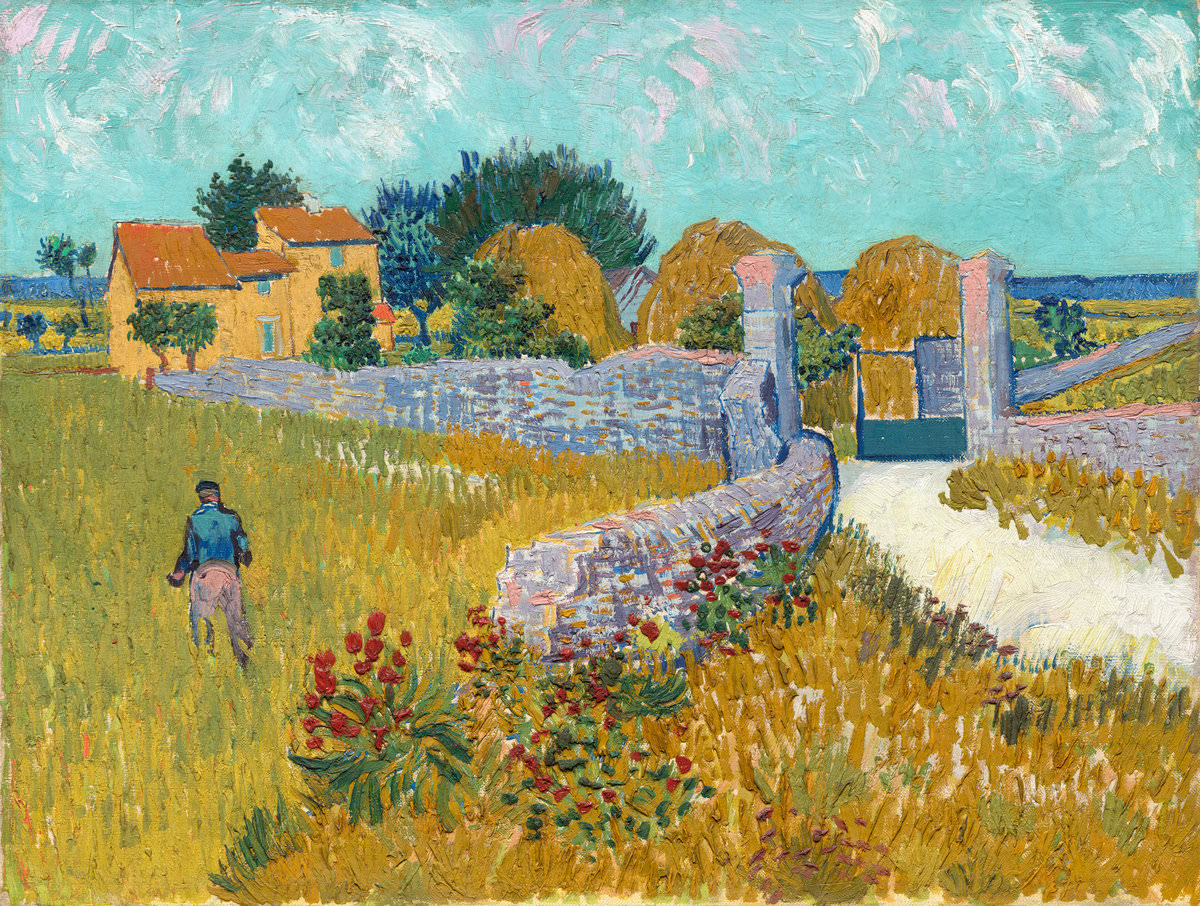
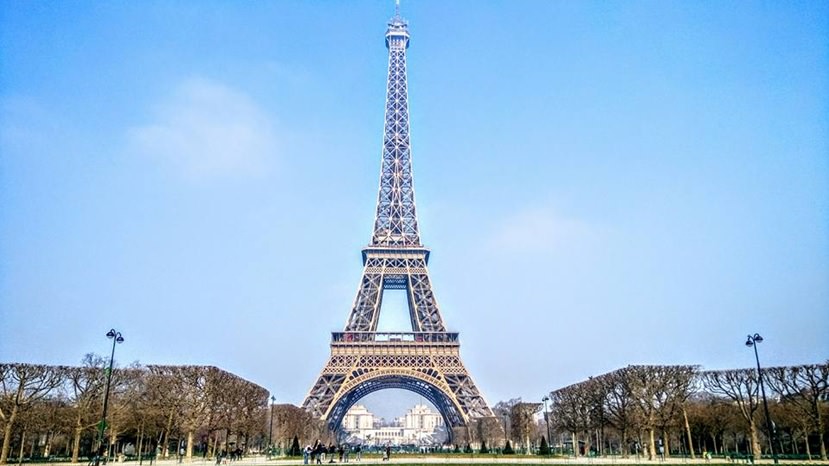
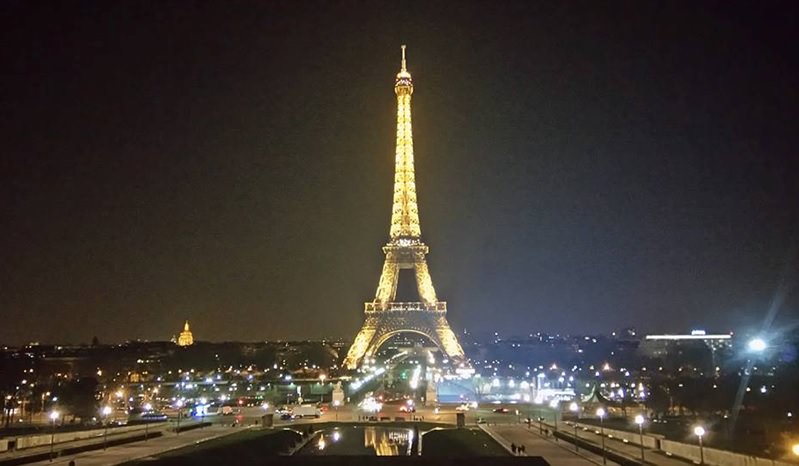
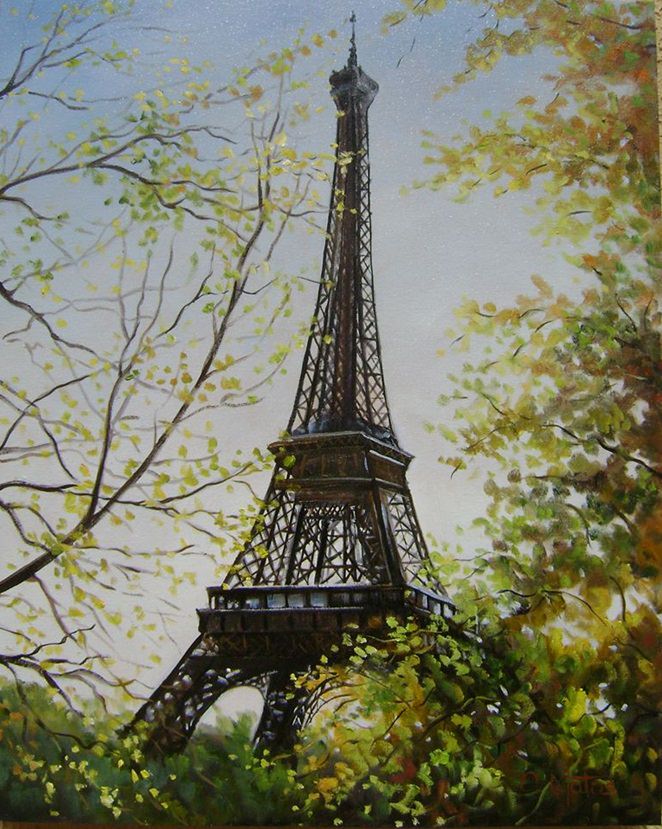
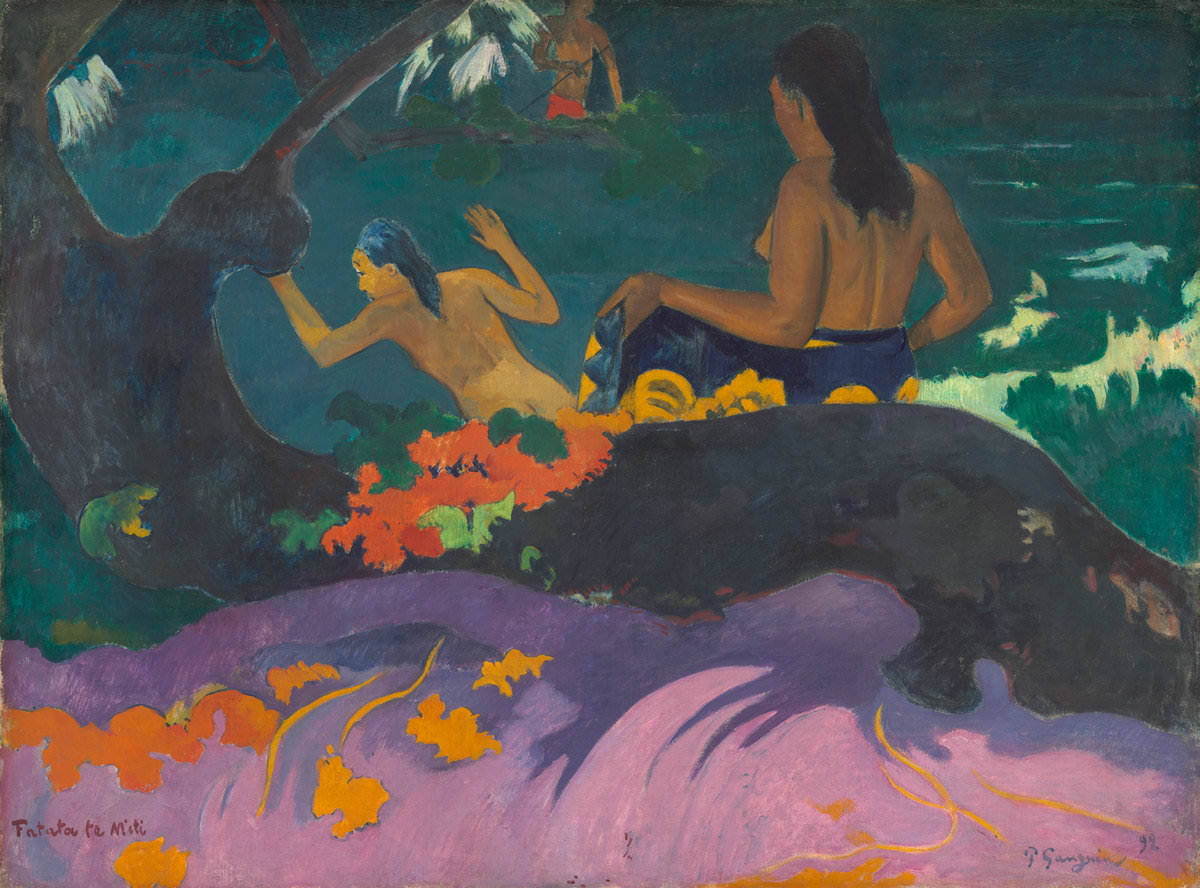
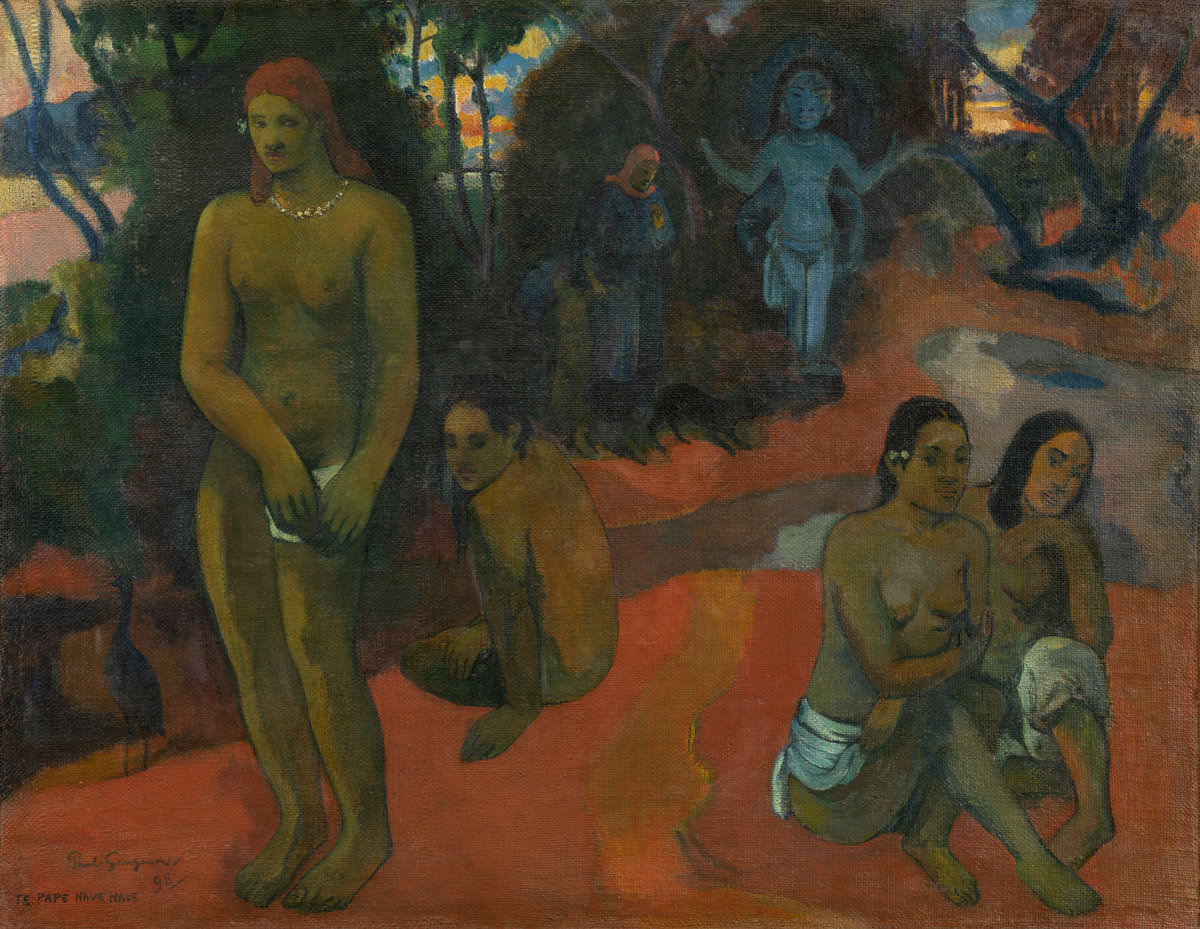
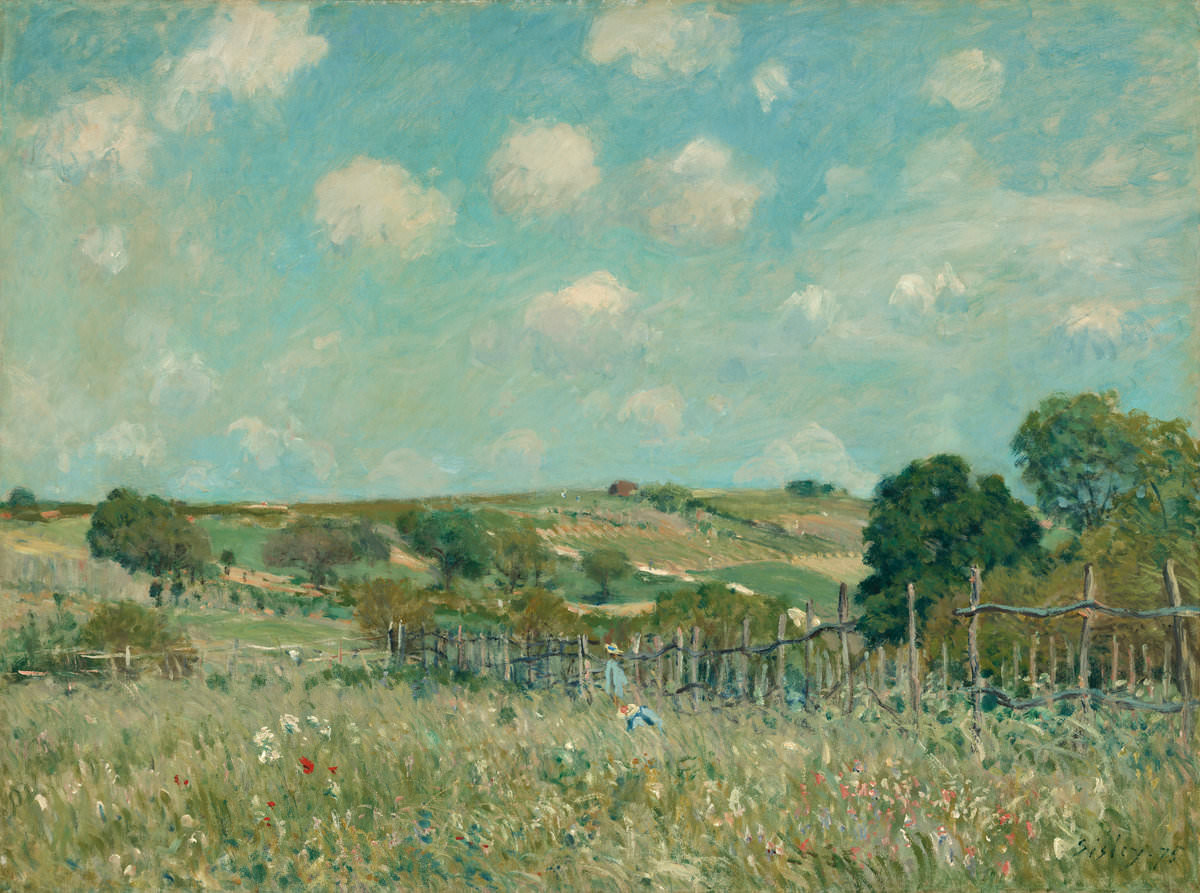
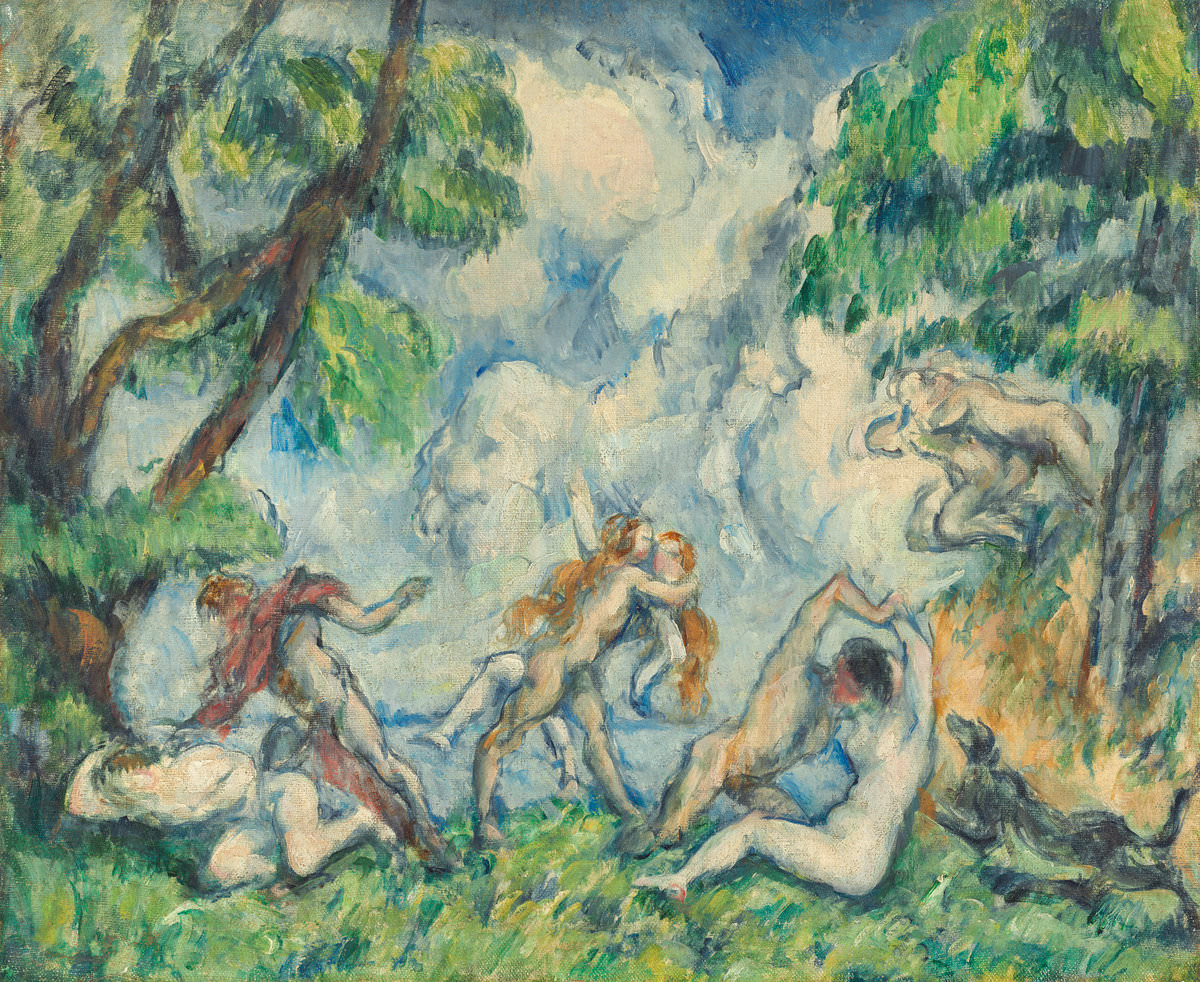
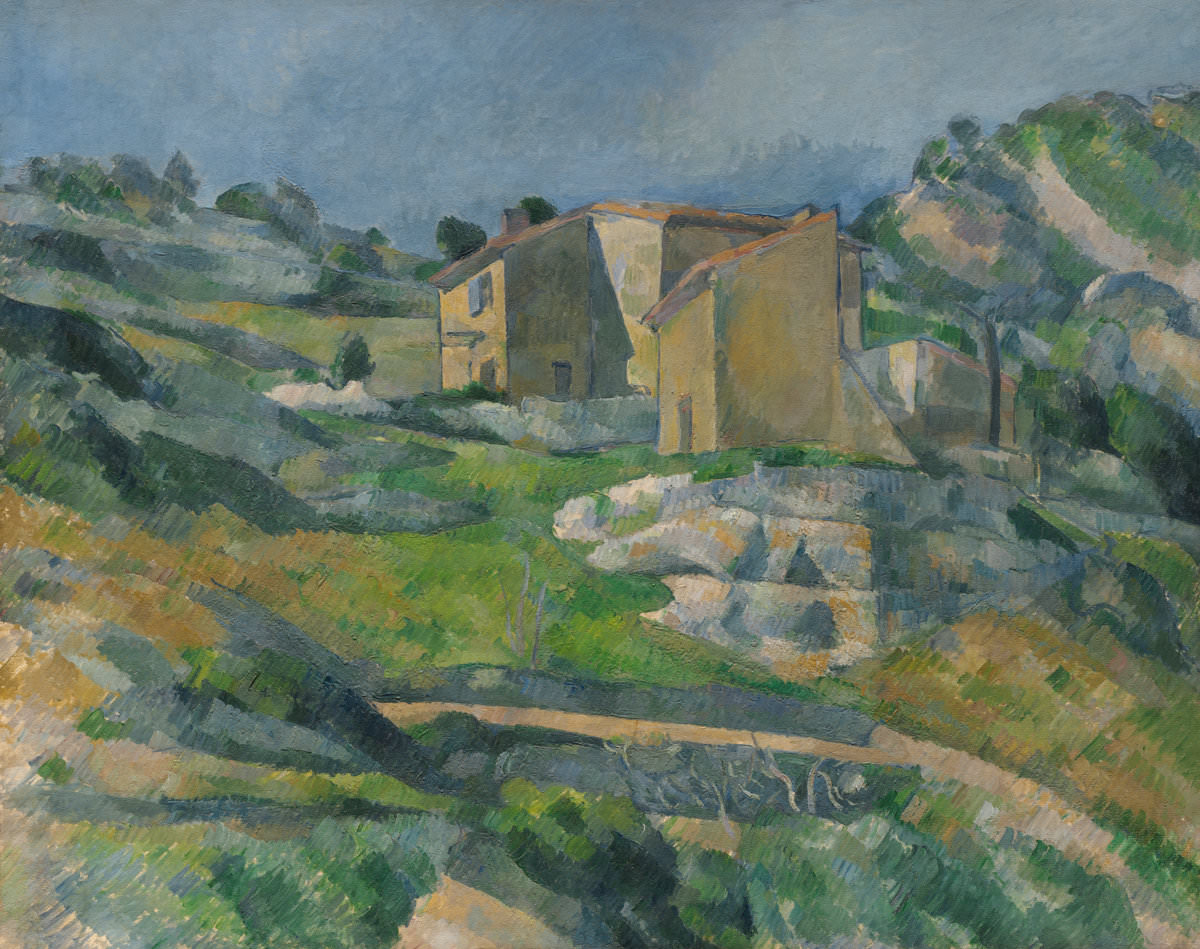
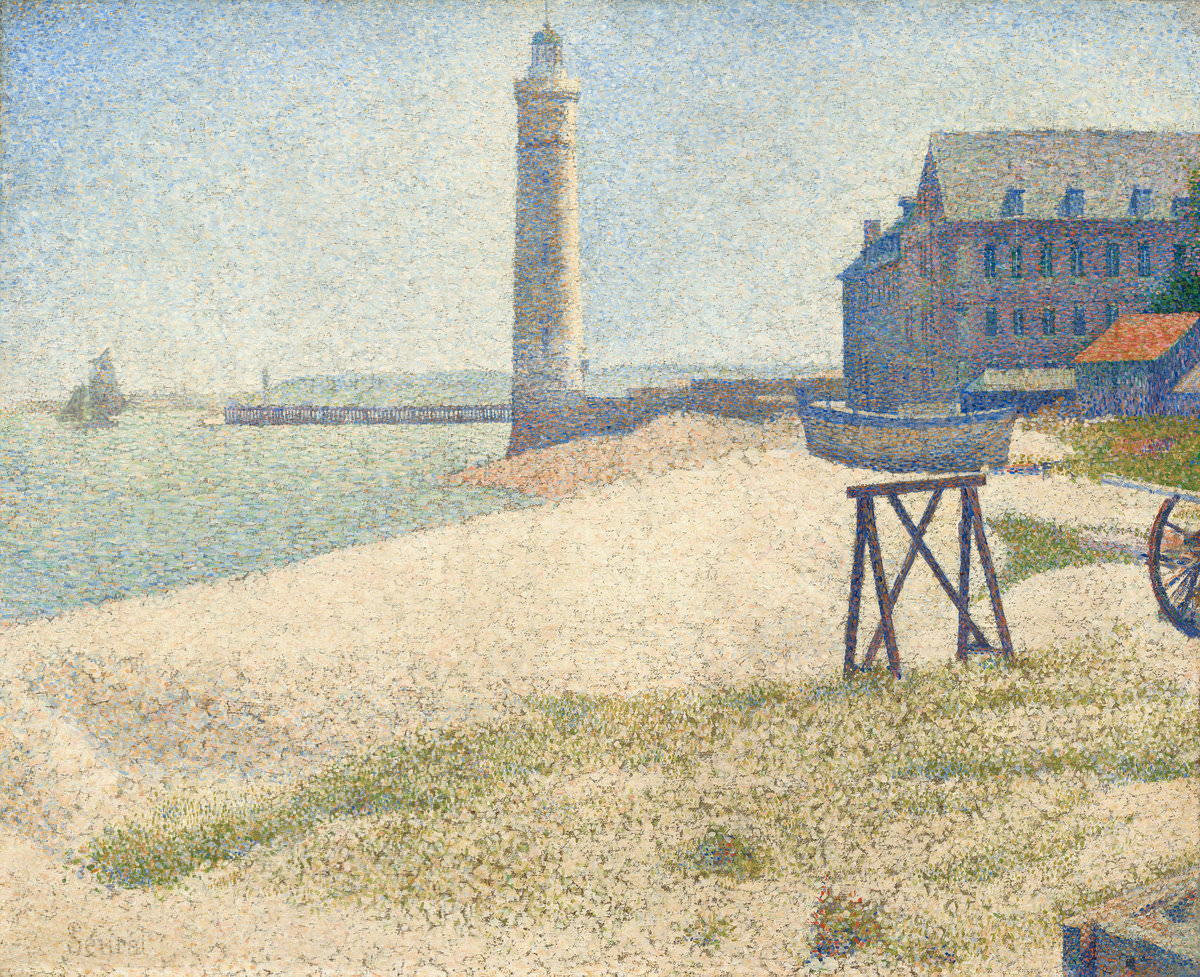
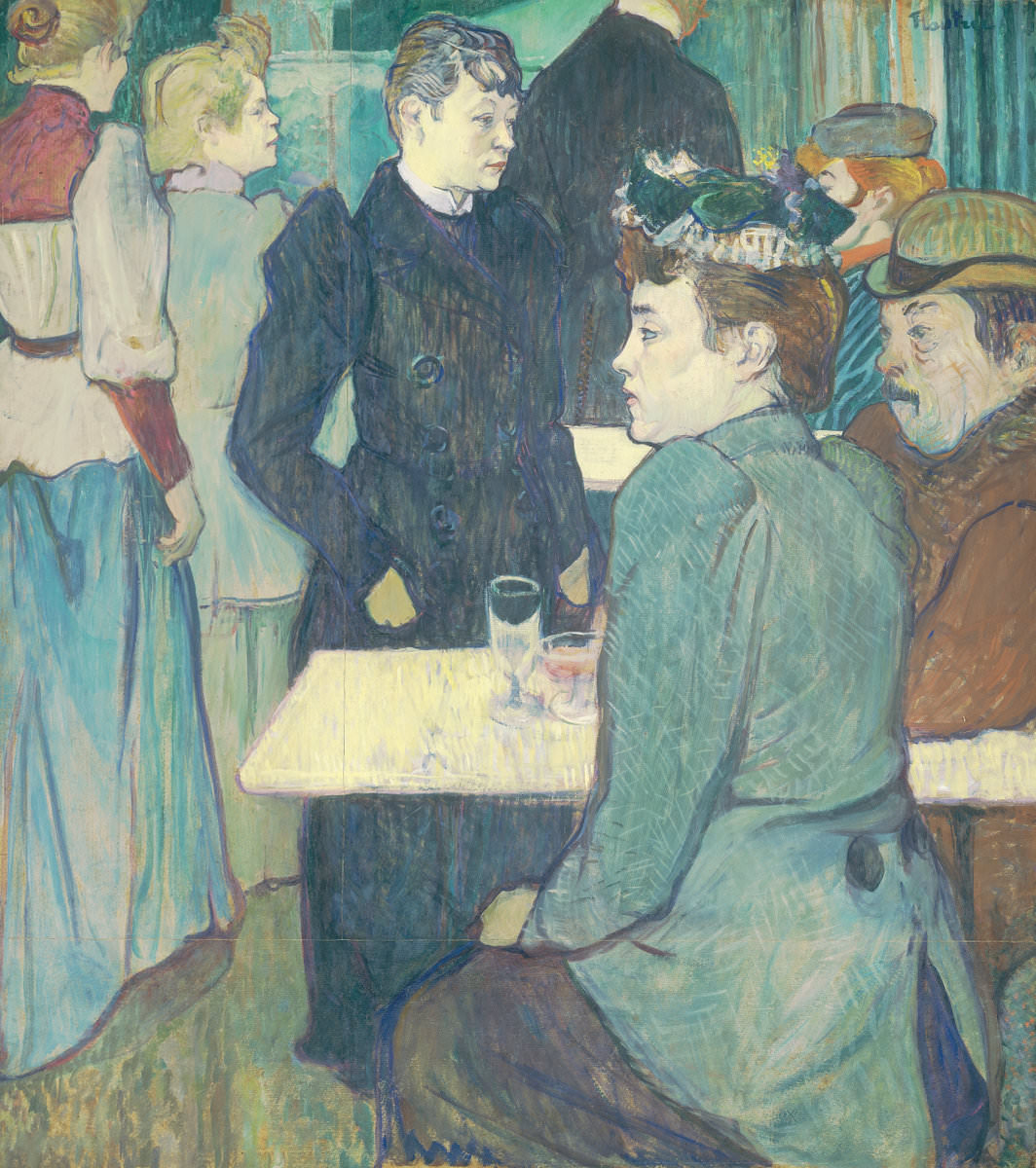
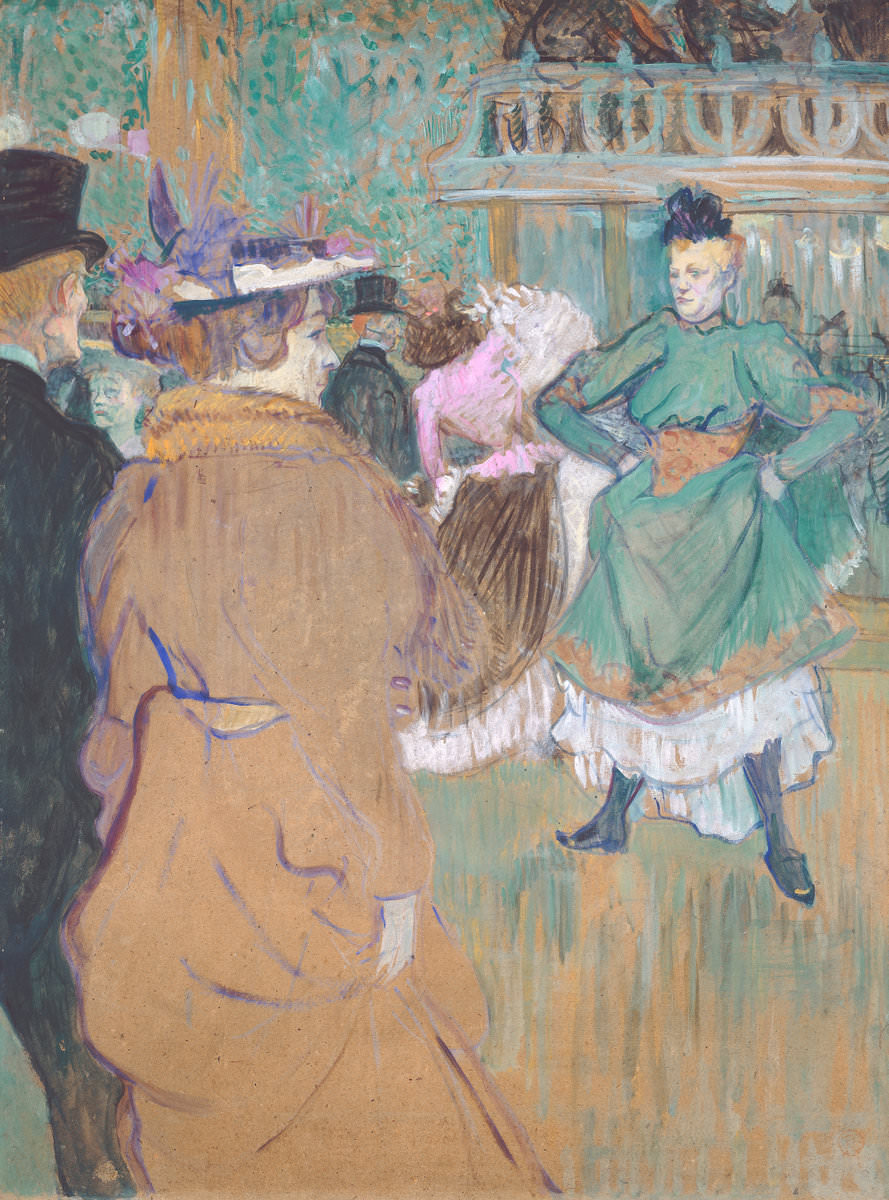
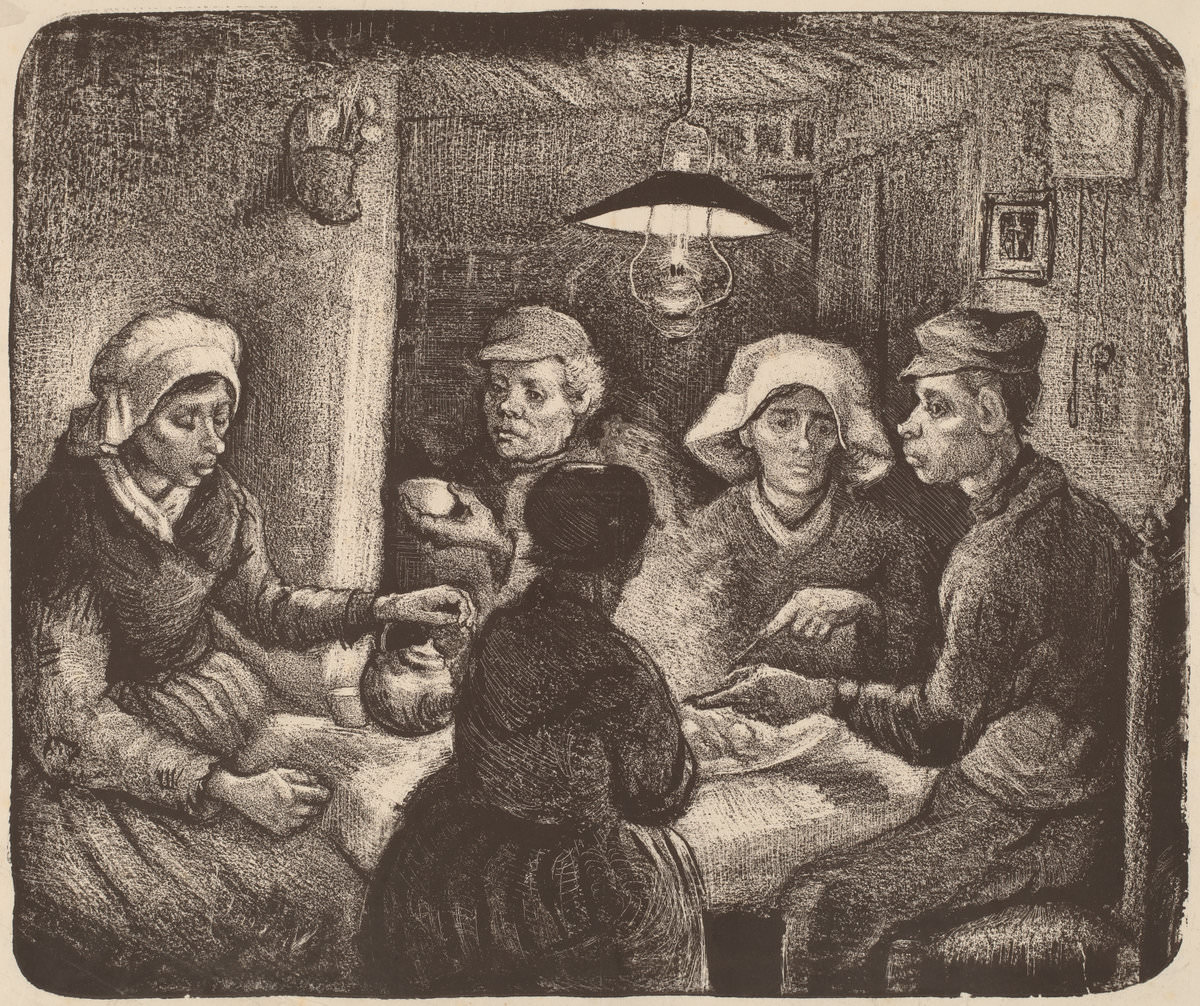
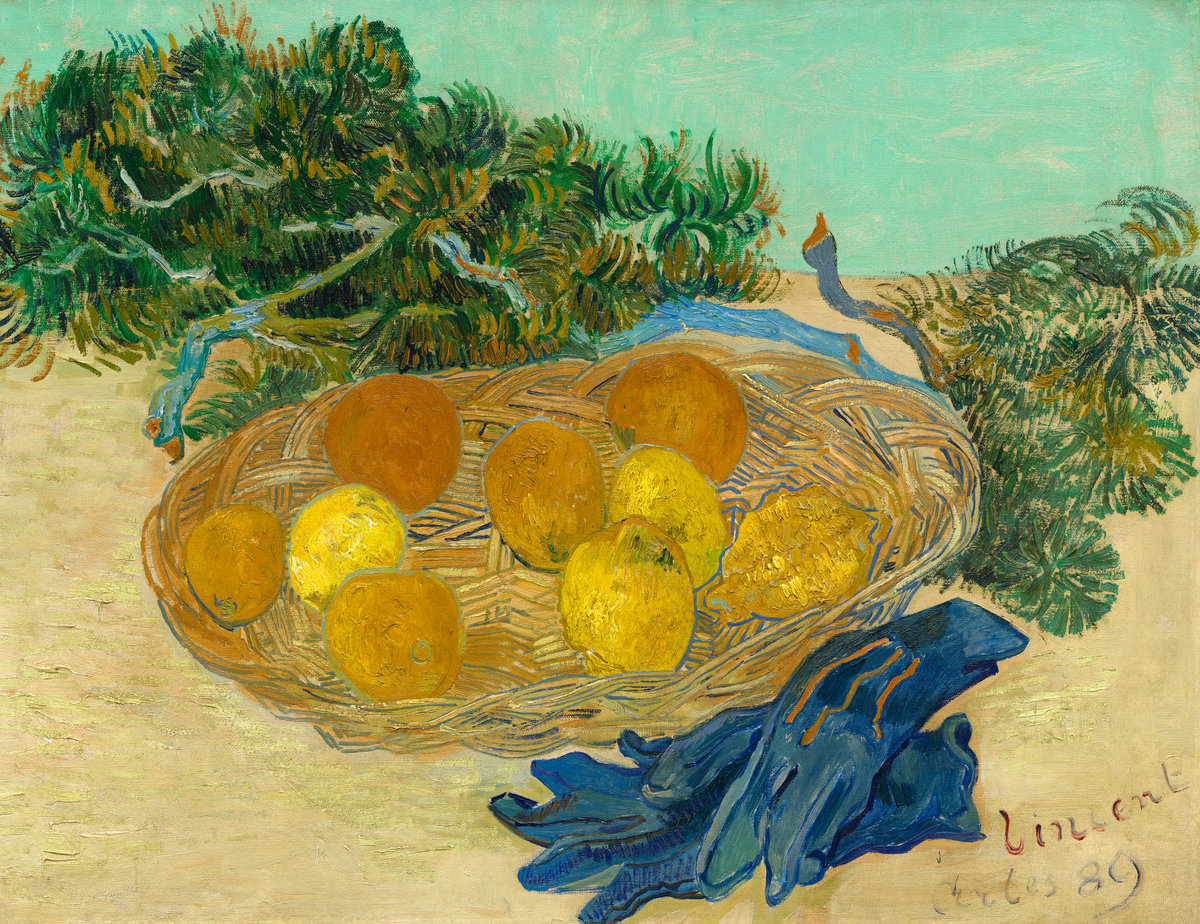
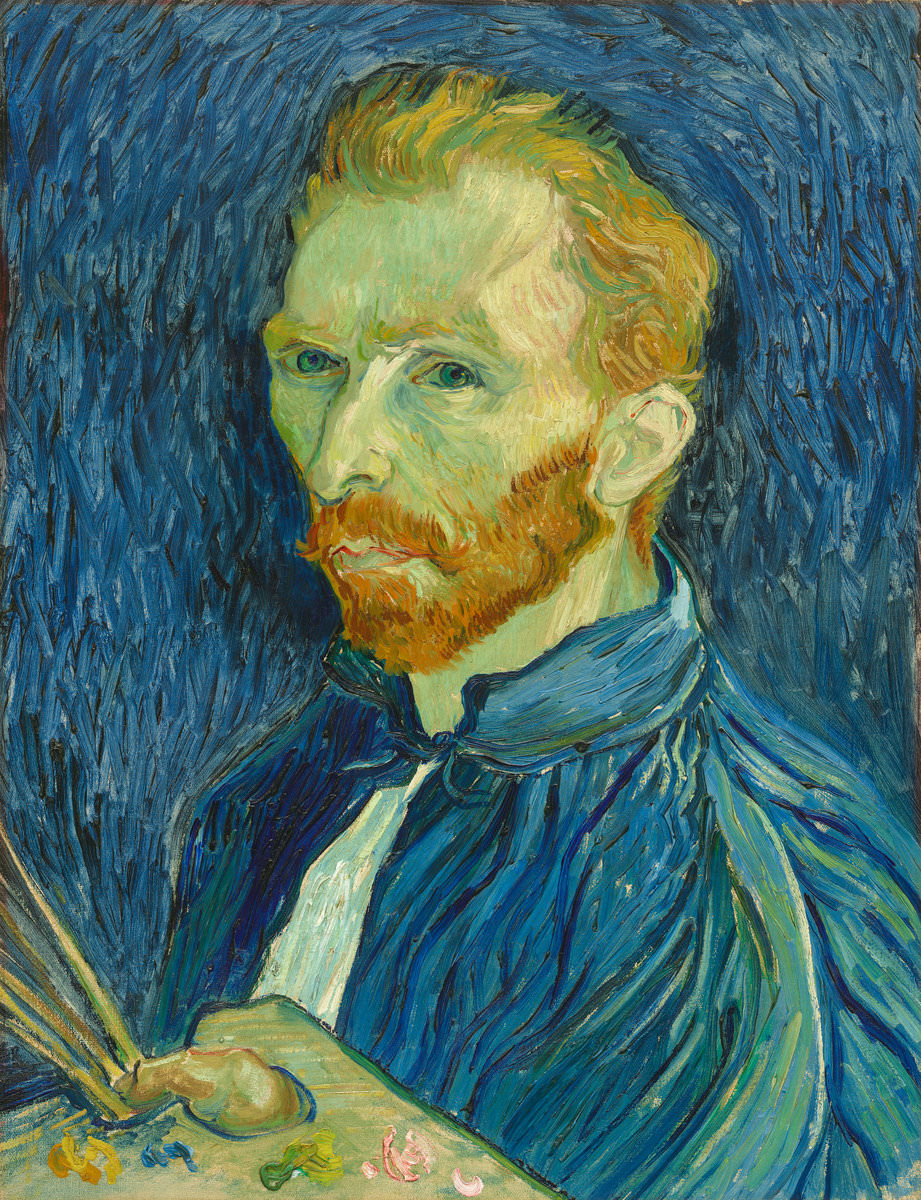
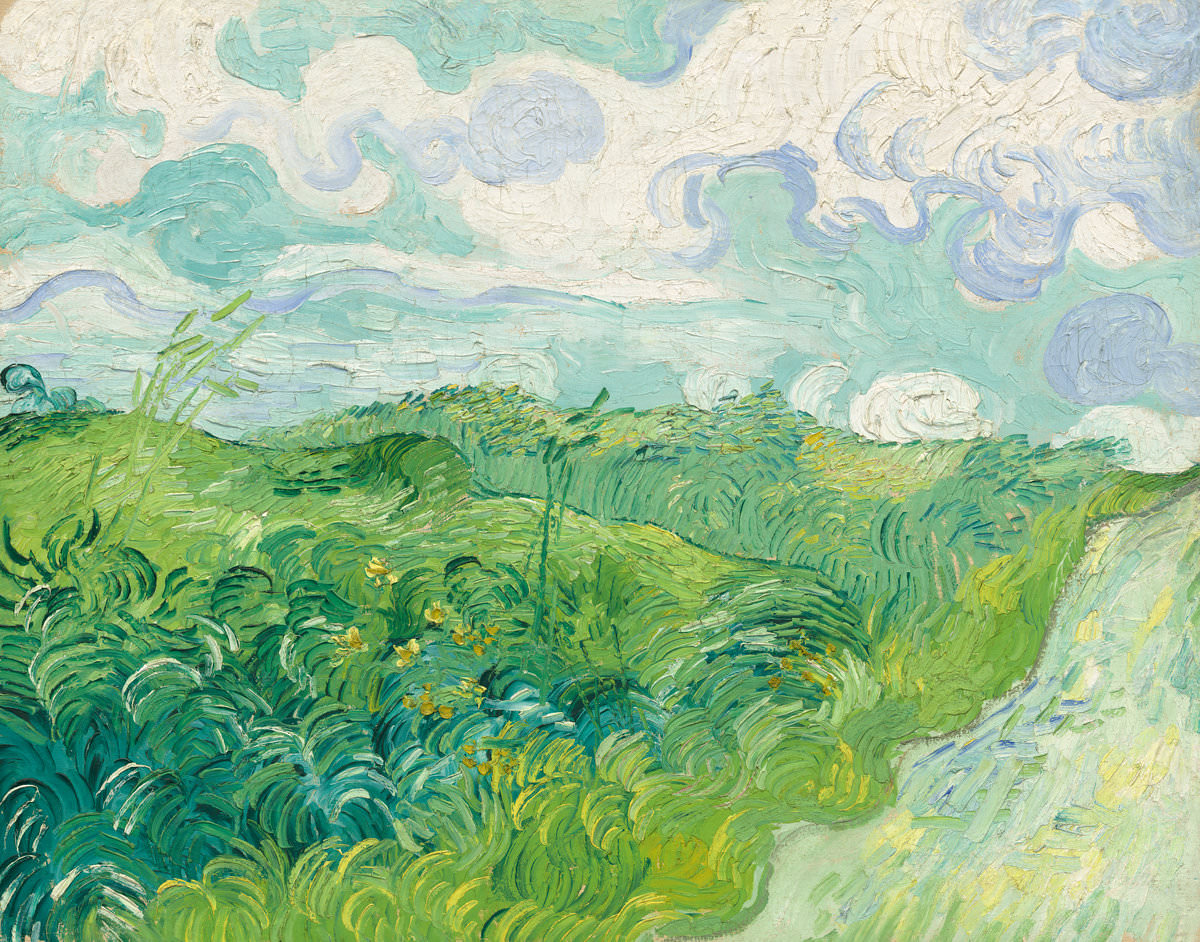
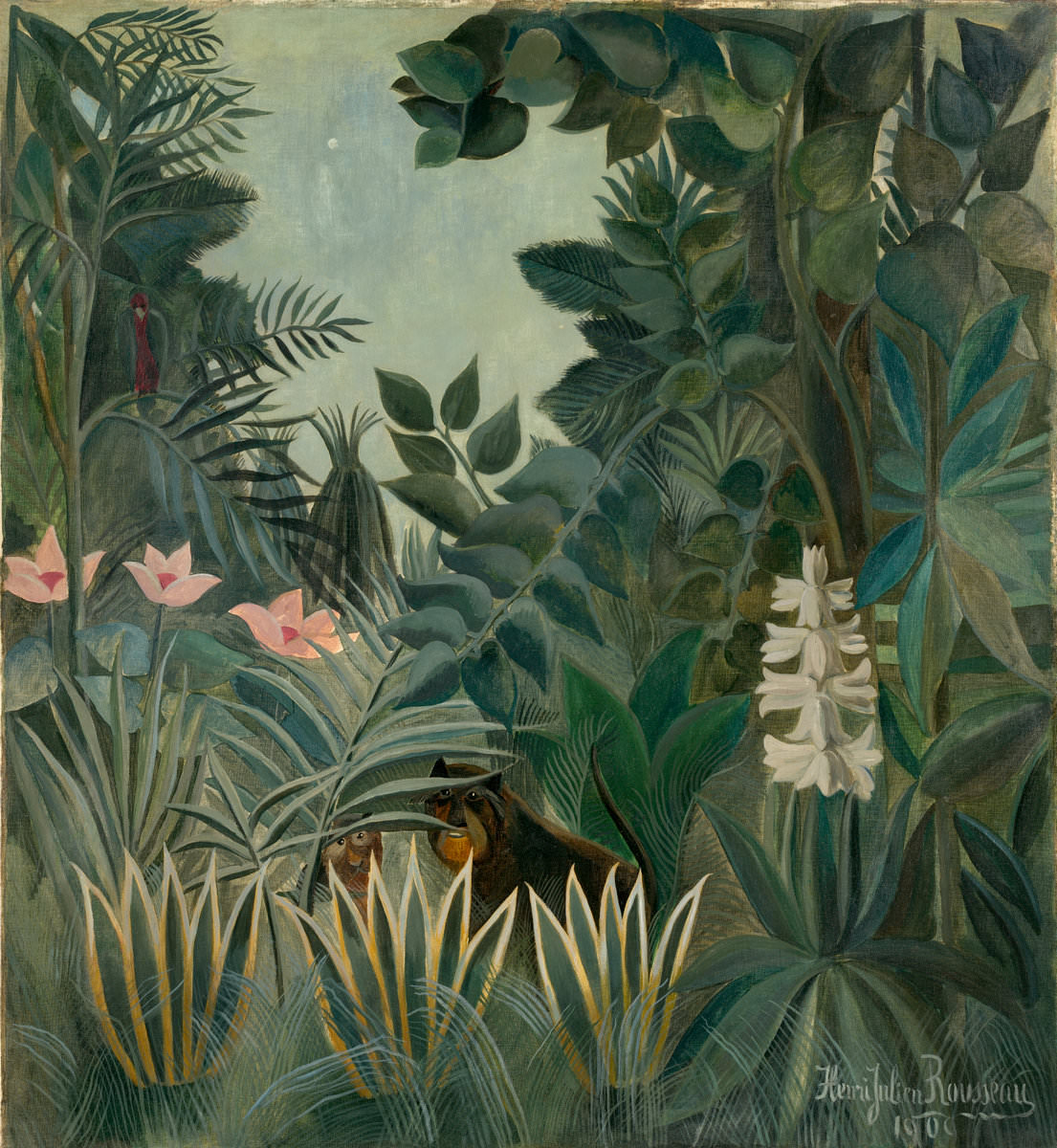
cleusa@bersi.com.br